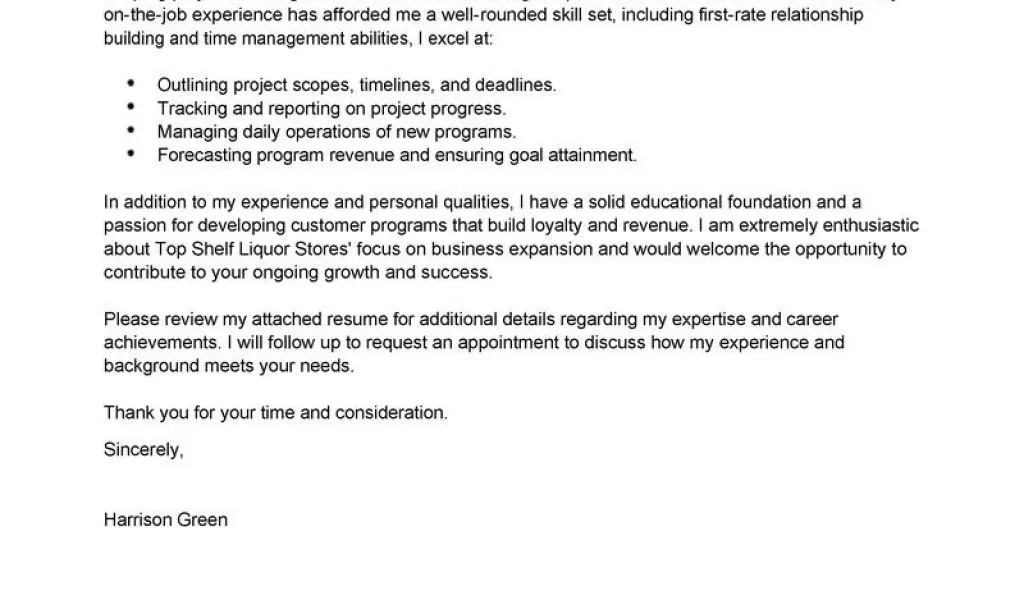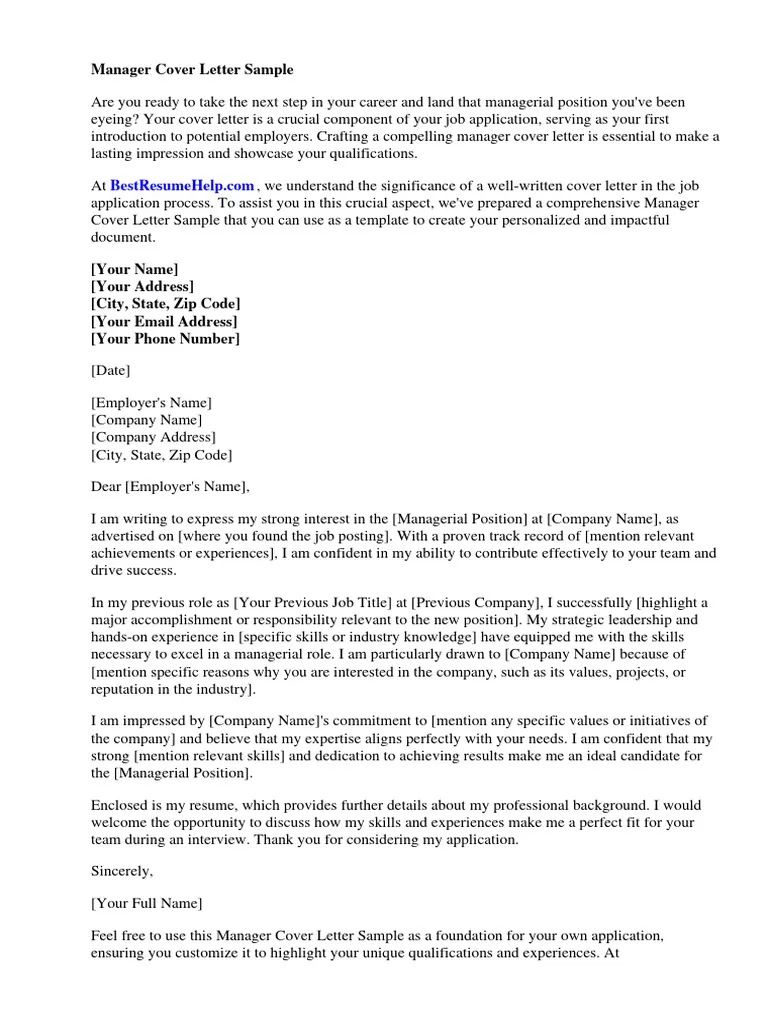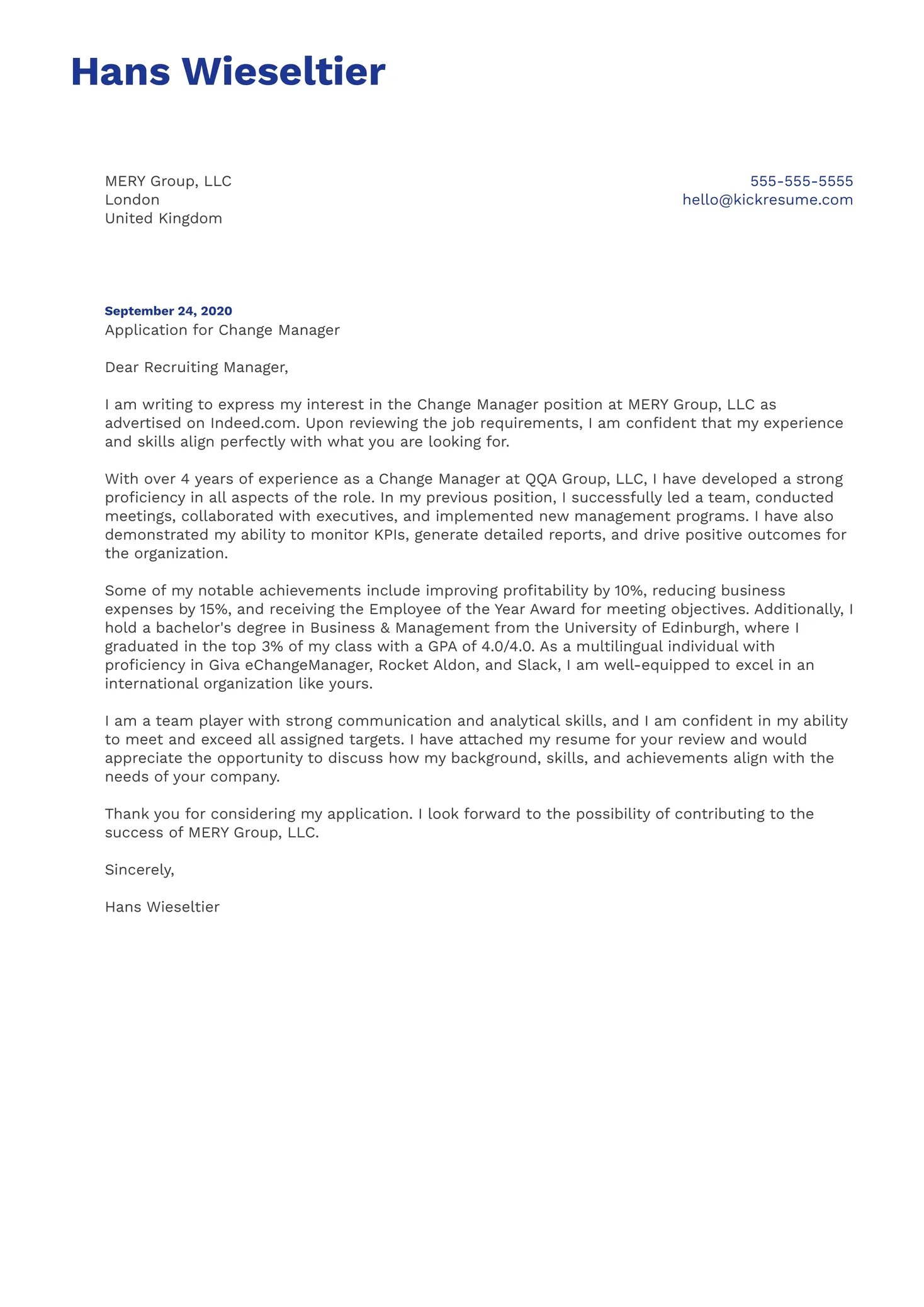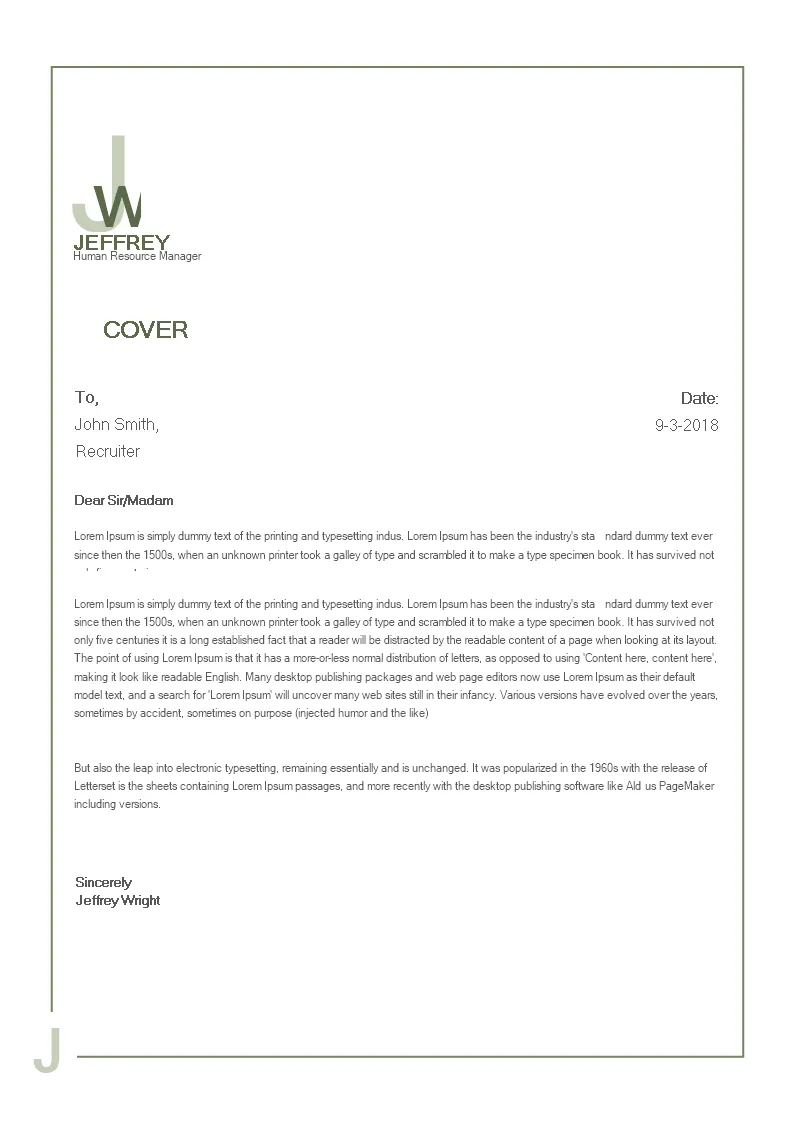Top 5 Tips for Resume Management
Resume management is a critical, yet often overlooked, aspect of a successful job search. In today’s competitive market, a well-managed resume is not just a document; it’s your personal brand statement. It’s your first impression on potential employers and can determine whether you get a foot in the door. Effectively managing your resume involves organization, strategic tailoring, and consistent updates. This guide will provide you with the top five tips to enhance your resume management skills, enabling you to stand out from the competition and accelerate your career progression. Implementing these strategies will not only streamline your application process but also significantly improve your chances of landing interviews and ultimately, your dream job. By taking a proactive approach to resume management, you demonstrate professionalism and a commitment to excellence, qualities highly valued by employers. This proactive approach is essential for navigating the complex landscape of modern recruitment and securing your desired position.
Understand the Basics of Resume Management
Before diving into specific tips, understanding the fundamentals of resume management is crucial. This involves recognizing that your resume isn’t a static document. Instead, it’s a living, breathing representation of your skills, experience, and career goals. It requires constant refinement and adaptation. Begin by grasping the different resume formats available, such as chronological, functional, and combination formats. The chronological format is most common, emphasizing your work history in reverse-chronological order. Functional resumes highlight skills over work experience, ideal for career changers or those with gaps in employment. Combination resumes blend the best of both worlds. Familiarize yourself with applicant tracking systems (ATS), which many companies use to scan resumes. Understanding how ATS works helps you optimize your resume for these systems. Keywords, formatting, and file types are all important factors. By grasping these basics, you can lay a solid foundation for more advanced resume management techniques.
Identify Your Goals for Resume Management

Successful resume management begins with clearly defined goals. What do you hope to achieve with your resume? Are you targeting a specific industry or role? Are you looking for a career change, or seeking advancement within your current field? Defining your goals will influence the content, format, and customization of your resume. For example, if you’re targeting a tech-focused role, you should emphasize your technical skills and include relevant keywords. If you’re seeking a leadership position, highlight your management experience and accomplishments. Your goals should align with your overall career aspirations. Regularly reviewing and adjusting your goals is also important. As your career evolves, your resume goals may change. This could involve acquiring new skills, shifting focus, or updating your professional narrative to reflect your latest accomplishments. Regularly evaluating your resume against your goals ensures that it remains a powerful tool in your job search.
Tips for Effective Resume Management
Effective resume management is a strategic process that involves several key components. First, maintain a master resume that contains every detail of your work history, education, and skills. This is your comprehensive source document from which you can customize your resume for specific job applications. Next, tailor your resume to each job description. This is a crucial step to effectively communicate your value proposition to potential employers. Carefully review the job requirements and highlight the skills and experiences that align with the position. Use keywords from the job description to ensure your resume passes through applicant tracking systems. Also, create multiple versions of your resume, each tailored to a different type of role or industry. This ensures that your resume is always optimized for the specific job you’re targeting. Finally, regularly proofread your resume for grammatical errors and inconsistencies. A polished, error-free resume demonstrates your attention to detail and professionalism.
Organize and Maintain Your Resume
Organization is the cornerstone of effective resume management. Start by creating a well-structured filing system on your computer or cloud storage. Organize your resumes by job title, industry, or the date you submitted them. Use clear and descriptive filenames, such as “Resume_SoftwareEngineer_Google.docx” or “Resume_MarketingManager_2024.pdf.” This will make it easier to find the correct version when you need it. Regularly back up your resumes to prevent data loss. Cloud storage services like Google Drive or Dropbox provide easy access to your documents from anywhere. Consistently update your master resume with your latest accomplishments, skills, and experiences. This will save you time when applying for new jobs. Keep track of the jobs you’ve applied for, the dates, and the status of your applications. This can be easily managed with a spreadsheet or a dedicated job search tracker, helping you stay organized and follow up effectively.
Create Multiple Versions of Your Resume

Creating multiple versions of your resume is a strategic approach to ensure that it effectively targets various job opportunities. This is especially beneficial if you’re applying for jobs in different industries or roles. Each version should emphasize different skills, experiences, and keywords relevant to the specific job. For example, if you’re applying for a marketing role, one version should highlight your marketing campaigns, social media management, and market analysis skills. If you’re also applying for a project management role, you can create another version to focus on your project coordination skills, leadership abilities, and experience with project management tools. Using your master resume, tailor each version to highlight the most relevant information for the target role. This demonstrates a proactive approach and increased relevance to potential employers. Label each version clearly, such as “Resume_Marketing” or “Resume_ProjectManagement”.
Customize Your Resume for Each Application
Customization is a key differentiator in a competitive job market. Generic resumes often get lost in the pile. Tailoring your resume for each application demonstrates that you have taken the time to understand the job requirements and have the specific skills to meet their needs. Start by carefully reviewing the job description and identifying the key skills, experiences, and keywords. Incorporate these keywords strategically throughout your resume, especially in the skills section, work experience descriptions, and summary. Quantify your achievements whenever possible by providing specific data and metrics that illustrate your contributions and impact. For example, instead of saying “Managed social media accounts,” say “Increased social media engagement by 30% within six months.” Make sure your resume is concise and easy to read. A well-formatted resume with clear language is crucial. Adapt your resume’s format and style to match the company’s culture and the role’s expectations. This level of customization signals to the hiring manager that you are genuinely interested in the position and have the specific skills needed to succeed.
Regularly Update Your Resume
Resume management is not a one-time task. It is a continuous process that requires regular updates. Think of your resume as a living document that evolves with your career progression. Schedule regular updates, ideally every three to six months, or immediately after completing a significant project or achieving a new milestone. Review your current resume and add any new skills, experiences, and accomplishments. Consider any training courses you’ve completed or certifications you’ve earned. Update your contact information to ensure that potential employers can reach you. Review and revise your resume summary to align with your current career goals. Update your resume content with keywords and phrases relevant to your target roles. Even if you are not actively job searching, maintaining an up-to-date resume will save you valuable time when opportunities arise. Regularly updating your resume also helps you stay focused on your career goals and reflect on your professional journey, thus keeping you prepared for your next career step.
Leverage Applicant Tracking Systems

Applicant Tracking Systems (ATS) are used by many companies to screen resumes, which are designed to parse through resumes and extract relevant information. Because ATS systems are now an essential part of the hiring process, you must format your resume to be ATS-friendly. Use standard fonts such as Arial, Calibri, or Times New Roman. Avoid using images, tables, or complex formatting, as these elements can confuse ATS systems. Use clear headings and labels for each section, such as “Experience,” “Skills,” and “Education.” Include relevant keywords from the job description throughout your resume. Keep your resume concise, ideally no more than two pages long. Save your resume as a .docx or .pdf file. Some ATS systems prefer one over the other, so check the application instructions. Many online tools can help you check how ATS-friendly your resume is. By understanding and accommodating ATS systems, you increase your chances of your resume making it through the initial screening process and reaching the hiring manager.
Proofread Your Resume Meticulously
Proofreading is the final and often overlooked critical step in resume management. A single typo or grammatical error can significantly undermine your credibility and potentially cost you the job. Before submitting your resume, carefully proofread it for any errors in grammar, spelling, punctuation, and formatting. Consider using a grammar and spell-checking tool, but don’t rely solely on these tools. They can miss errors, so it’s essential to read your resume carefully. Have a friend or colleague review your resume. Another set of eyes can often catch mistakes you might have missed. Read your resume out loud to catch awkward phrasing or sentences that don’t flow smoothly. Check that all the information in your resume is accurate and up-to-date. Double-check your contact information, including your email address and phone number. Make sure that your resume is consistent in its formatting and style. A well-proofread resume demonstrates your attention to detail, professionalism, and commitment to excellence, all of which are highly valued by employers.
Conclusion
In conclusion, effective resume management is a strategic process that can significantly impact your job search success. By following the top five tips outlined in this guide: understanding the basics, setting clear goals, creating multiple versions, customizing your resume, and regularly updating your document, you can build a powerful resume that grabs the attention of potential employers. Remember to organize and maintain your resume, leverage applicant tracking systems, and proofread meticulously. Your resume is a crucial tool in your career. By implementing these resume management strategies, you’ll not only enhance your chances of landing interviews but also demonstrate your professionalism and dedication to career growth. Take charge of your resume management, and watch your career thrive. Start today, and prepare yourself for a successful job search and a promising future.
